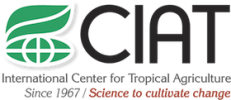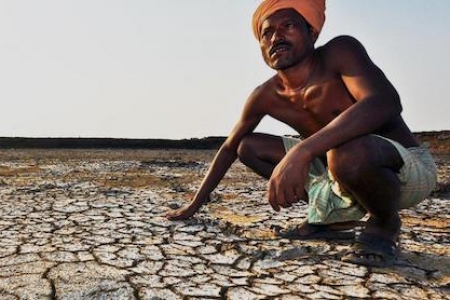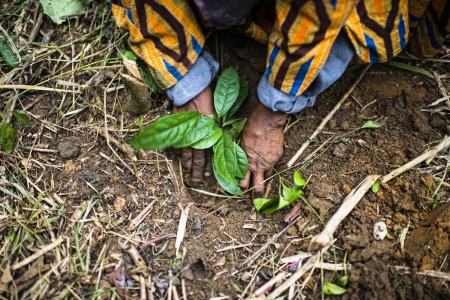This project is focused on pro-poor strategies against soil and land degradation in landscapes of Eastern and Southern Africa specifically in the Lushoto district of Tanzania and the Shire Basin of Malawi. The developmental problem addressed by this project is land degradation and its impact on food security and poverty, and low sustainable land management (SLM) adoption rates. This project has a strong gender dimension with the premise that women are key players in household dynamics as well as agricultural activities. Despite this, they often have insecure rights to resources that can negatively influence investments in land. This project will use W1/W2 funding to strengthen the attention on economic analysis, and include the use of participatory games in the engagement with partners and farmers to allow deeper exploration of gender issues. Additionally, this activity will leverage and provide synergies with the upcoming focal regional project on incentives for SLM within farming communities. This project activity will not develop new technical interventions but will instead capitalize on existing knowledge on sustainable land management (SLM) to focus on the barriers to adoption of SLM practices. This will be conducted in partnership with stakeholders (scientific and non-scientific) to identify shared solutions for the biophysical, political, social and economic constraints under which these practices are applied. In order to understand the potential costs and benefits of intensifying agricultural production, or of adopting sustainable land management practices, initiatives must have a better grasp of what influences the decisions of households and individuals within them. Not to say that we know it all already- maybe some of the factors that influence household decisions include trade-offs around labor, capital, asset ownership and exogenous factors such as government policies, implementation of government agricultural strategies, and migration patterns. Analyzing decision-making at a variety of levels from individual to household to landscape and national level is critical for understanding what shapes adoption or non-adoption of specific interventions. Critical to understanding the tradeoffs will be work conducted on land use and land cover change within these agro-ecosystems. Such analysis will then enable design of interventions at multiple levels and within institutions that will be better targeted to meet livelihood needs and environmental constraints and opportunities in order to inform our work and investments outside and beyond CIAT (development, donors, governments, etc.). The social analysis will take into account different needs and perspectives within the community (by gender, age, social status, etc.) to understand and target specific constituents’ needs and constraints (access to capital, resources, labor, etc.). In addition, the Project will be carrying out household surveys in the sites to match the qualitative work and hence provide quantitative metrics to the analyses. It is anticipated that this project will result in more equitable representation for women’s access (as well as other disadvantaged groups currently without much voice in decision making) to communal resources and inclusion in decision making regarding natural resources management for the local governments and partners in their planning and implementation processes. The specific sub-activities will focus on the following questions: i) What are the policy, institutional and social-economic opportunities, challenges and constraints to improving livelihoods of women and men and poor members of farming communities in selected sites (2015); ii) What are the key factors that influence decision-making from farmers to planners and implementers- and how do those decisions affect land use patterns and changes and adoption of interventions (2015). iii) What are the external issues such as biophysical, social, economic and political factors such as – migration, trade, opportunities and types of off-farm work – that affect landscape resource use and in what ways to do they affect land use and agricultural productivity? (2015). iv) How do decisions taken at one scale have an impact on other scales in terms of decision-making and environmental impacts? (2015-2016) v) Building on information received from (i) through (iv); evaluate past and present landscape land cover/land use changes and how human activity contributes to land degradation and reduction in ecosystem services. This activity will make use of historical land cover/ land use change maps for all sites to identify the various land cover categories for multiple ecosystem services (2015).
menu










